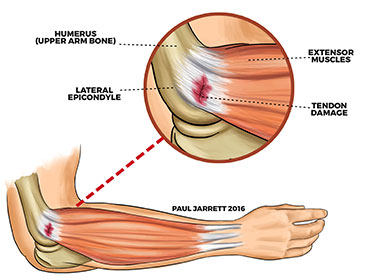Tennis Elbow Release
Lateral epicondylitis release is a surgical treatment that is performed to alleviate the symptoms of lateral epicondylitis, also known as tennis elbow. Physiotherapy is required following lateral epicondylitis release surgery in order to regain pain-free, full or near-full elbow function.
Tennis elbow, also known as lateral epicondylitis, is an inflammation of the outside region of the elbow joint caused by overuse of the forearm and elbow muscles and tendons. Repeating any activity over and over can place a strain on the tendons around the lateral epicondyle of the elbow (the bone that protrudes on the outer side of the elbow). The tissues and cells around these tendons may be damaged and inflamed as a result of this strain. Backhand tennis swings aren't the only thing that can cause lateral epicondylitis; numerous other related activities can also cause it.
Tenderness and soreness near the lateral epicondyle of the elbow are the most common symptoms of tennis elbow, which can progress down the forearm. Bending the wrist, twisting the forearm, or grabbing items can make the sensations worse. The muscles of the elbow, forearm, and wrist may become weak and tight as a result of lateral epicondylitis.

